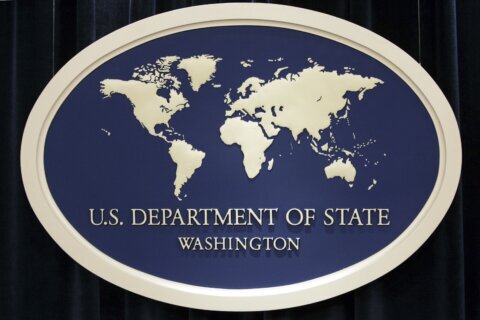Signed into law on Dec. 29, 2022, by President Joe Biden, the SECURE 2.0 Act expanded retirement savings options by increasing contribution limits, raising the age for required minimum distributions and making changes to employer-sponsored retirement plans.
Many of the changes have already been implemented, and additional reforms will be introduced in 2025 to further enhance retirement security.
These include increased catch-up contributions for workers between the ages of 60 and 63, automatic enrollment in new employer-sponsored plans and better ability for workers to transfer their existing qualified account when switching jobs.
Here’s what to watch out for in 2025 as the latest changes to the SECURE 2.0 Act roll out.
[READ: Retirement Accounts You Should Consider.]
Increased Catch-Up Contributions
Beginning on Jan. 1, 2025, retirement savers ages 60 through 63 can make catch-up contributions of up to $10,000 a year to their employer-sponsored retirement plans, such as a 401(k) or 403(b). The catch-up amount for savers age 50 and older is $7,500 in 2024.
“This is an added opportunity for qualified participants to infuse their retirement savings with additional contributions as they near retirement,” said Wendy Baker, assistant general counsel for retirement products and compliance at Human Interest, a San Francisco-based 401(k) provider, in an email.
“It is also an added opportunity to reduce taxable income for those who are in their highest earning years,” she added.
However, this super catch-up is an optional provision under SECURE 2.0, meaning an employer may add it to its plan but is not legally required to do so.
Baker said some retirement plan service providers, such as record keepers and payroll companies, may not make this option available on their platforms due to the complexities of tracking three separate catch-up classifications: those between 50 and 60, those between 60 and 63, and those 64 and older.
If the option is available, retirement savers should take advantage of it, said Jason Dall’Acqua, a certified financial planner at Crest Wealth Advisors in Annapolis, Maryland, in an email.
“The ability to contribute more in your 60s can add a significant boost to your retirement savings, particularly as your cash flow may have increased if you have kids who are now self-sufficient,” he said.
“Don’t fall into the thinking that it is too late at this stage to make a dent in your retirement savings,” he added. “Every additional dollar makes a difference by providing you growth opportunity going forward.”
[How to Save in a 401(k) and IRA in the Same Year]
Automatic Enrollment
Another change coming in 2025 is automatic enrollment for new 401(k) or 403(b) plans, beginning with a contribution rate of at least 3%.
“Auto-enrollment is a feature that some plan sponsors struggled to implement. Making it mandatory will allow more Americans to save for retirement,” said Michelle Bennett, executive vice president at Newport Capital Group in Red Bank, New Jersey, in an email.
New employees onboarding with a company, she added, face a raft of decisions about the benefit package. “This process will eliminate the potential of forgetting to enroll in the retirement plan,” she said.
Employees who don’t participate in their companies’ plans miss out on a potential 401(k) match.
[READ: Your Guide to Retirement Planning.]
Account Portability
Another provision of the SECURE 2.0 Act rolling out in 2025 permits plan providers to offer automatic portability services.
This means employees can roll over their retirement accounts to a new plan when they change jobs. That could help eliminate the trail of 401(k) plans many people have as they go from employer to employer over the course of their careers.
The new portability rule is particularly helpful for savers with low account balances who often cash out their retirement plans when they leave jobs instead of continuing to save in another employer’s plan.
“Plans are legally permitted to cash out small account balances for terminated participants,” Baker said. “In that case, their account balance is distributed as cash and is subject to taxation and possible penalties for early distribution,” she said.
More from U.S. News
10 Reasons to Save for Retirement in a Roth IRA
What Is the Average Retirement Savings for Gen X?
What Retirement Savers Need to Know About the SECURE 2.0 Act originally appeared on usnews.com
Update 08/13/24: This story was published at an earlier date and has been updated with new information.







